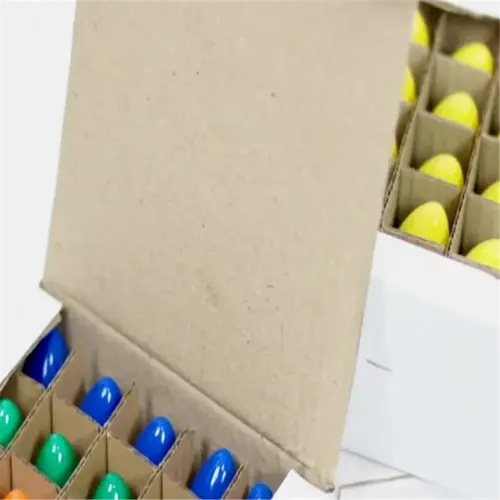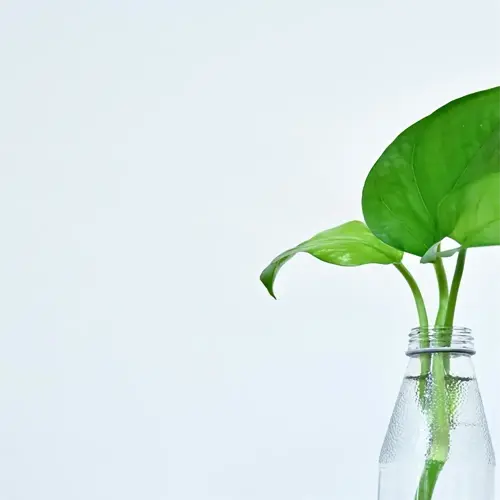Does soil color indicate quality?

Written by
Paul Reynolds
Reviewed by
Prof. Charles Hartman, Ph.D.Gardeners are intrigued by the color of soil but are often deceived by it. Once I complimented a client's black soil assuming it indicated high fertility, only to learn once testing in a lab, that it contained lead introduced by old paint chips. Black soil often suggests organic matter, but it is possible that industrial contaminants or mineral deposits could give soil its color while still being unhealthy.
Dark Brown/Black
- Often high organic matter
- Could indicate decaying pollutants
- Verify with carbon/nitrogen ratio tests
Red/Orange
- Iron oxide presence
- Possible acidic conditions
- Test for aluminum toxicity
Gray/Blue
- Poor drainage signs
- Potential sulfur compounds
- Check for waterlogged layers
Yellow/White
- Leached nutrients
- High salt or lime content
- Measure EC and pH rigorously
Regional geology can influence color readings. My customers in Arizona tend to panic when they find red soils, which are simply natural iron oxides and not acidity. In contrast, if you find gray layers in coastal gardens, this may indicate saltwater intrusion, not just poor drainage. Etc. Always make sure to correlate color with texture tests, as grittiness or stickiness will tell you more about what is in the soil than the color pigments.
Mottled soils are the visual presentation of a variety of colors that show that the water table changed. The current client's soil was yellow-gray in patches--a clear indicator of a short-term seasonal flood. After identifying the saturation zones through percolation testing, we recommended installing French drains. The color does give a hypothesis, but we can use tools like EC meters and a core sampler as a more definitive way to confirm.
When it comes to growing edible gardens, avoid relying solely on visual inspections of your soil. Urban soils can often be misleading, and the presence of dark, lead-rich topsoil is common in parks located near highways. I encourage you to use heavy metal screens to test levels before growing vegetables wherever possible. One Brooklyn garden's soil, which looked clean and pristine, actually contained over 90ppm arsenic from old pesticides.
Read the full article: How to Test Soil: 7 Essential Steps for Healthy Gardens

